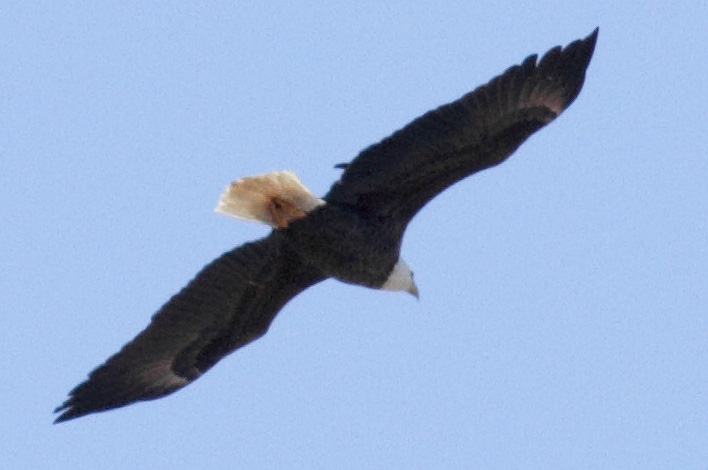
Bald Eagle
Walt Childs and I have been exploring sections of the Virginia Birding and Wildlife Trail system that we can do in a one day trip. It gives us the opportunity to view some winter species, and also tag birding sites that we think might be worth a return visit. This trip was to the Farmville, Viriginia area, and we decided on the three stop on this loop that had large water bodies. Unfortunately we didn't see very much worth reporting, nor do we expect to see birds at other times of the year that we can't see closer to home.
Our on the way along route 460 to our first stop, the Sandy River Reservoir, a Bald Eagle flew above us. This reservoir was quite large, but all we saw were a few Tree Swallows, a couple of Song Sparrows, a small flock of Ruddy Ducks, a lone and distant gull, a Double-crested Cormorant, and a Great Blue Heron.

Bald Eagle
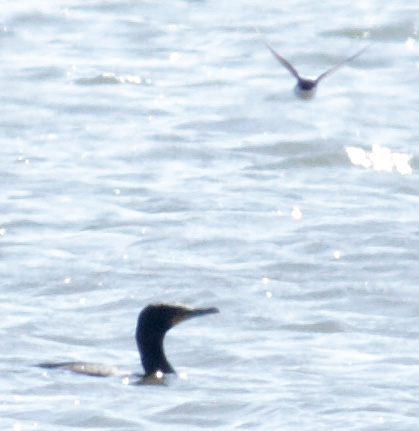
Double-crested Cormorant and Tree Swallow
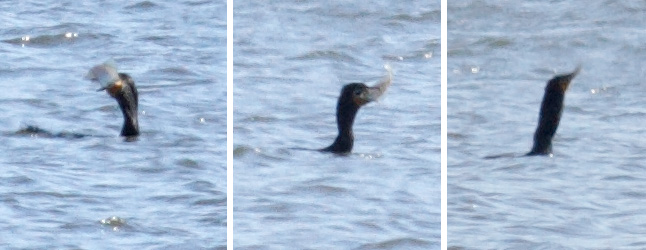
Double-crested Cormorant
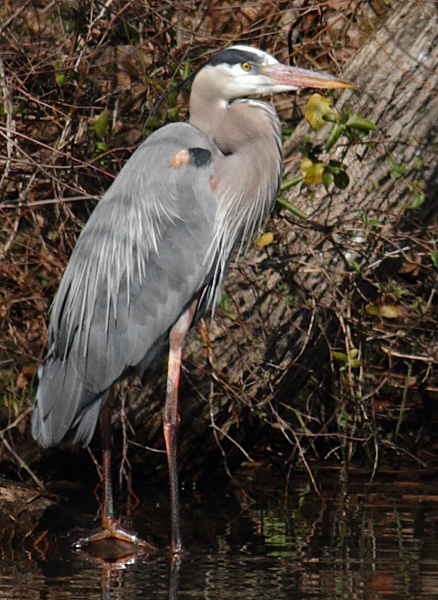
Great Blue Heron
The next stop was at Twin Lakes State Park. All we saw there was another Great Blue Heron, some Dark-eyed Juncos, and Goldfinches and a White-breasted Nuthatch at a bird feeder.
Our last stop was at the Briery Creek WMA - this was a very large water body, but all we saw there was a single Double-crested Cormorant. The driving instructions in the DGIF guide from our second stop to this last stop included driving for a while on Flippen Road off of route 613. We never did find that "flippen road," but after getting lost for only a few minutes, made our way on back roads to the Briery Creek WMA.
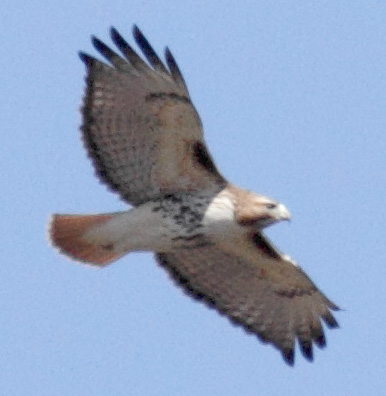
Red-tailed Hawk
We drove around in the park, and only saw a few birds, so I wasn't getting very excited about being there, other than it looked like it might be a good place to visit during migration. Our last stop at the JRSP was at a picnic area between a fishing pond and the James River. A trail led to a marshy area, and we soon saw that it was loaded with ducks and American Coots. A few Northern Rough-winged Swallows flew overhead. As we approached the area, a lot of the ducks flew - some away from the area, and others to the far end of the marshy area. The trail led to higher ground that overlooked the marshy area, and without leaves on the trees, I was able to see portions of the marsh. In addition to the Coots, I saw Ring-necked Ducks, Northern Pintails, Gadwalls, Northern Shovelers, Blue-winged and Green-winged Teals, and a new life bird for me - a small flock of Greater Scaups.
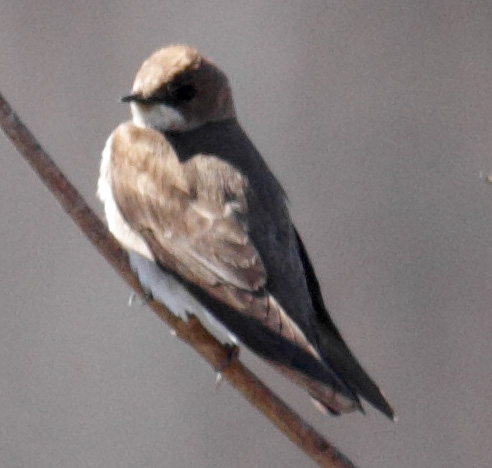
Northern Rough-winged Swallow
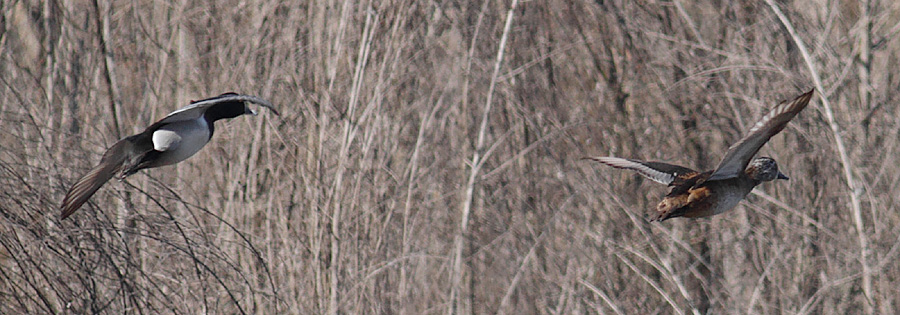
Ring-necked Ducks
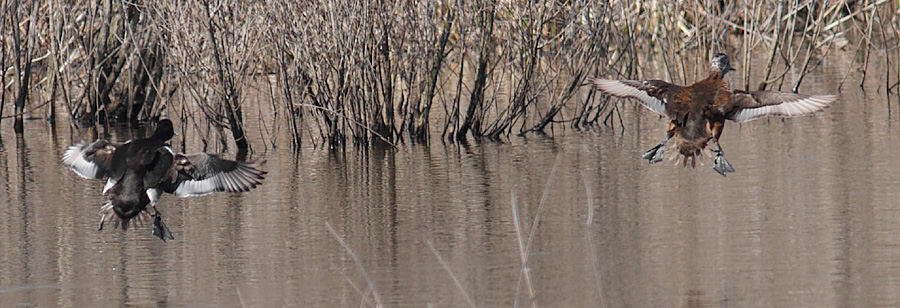
Ring-necked Ducks
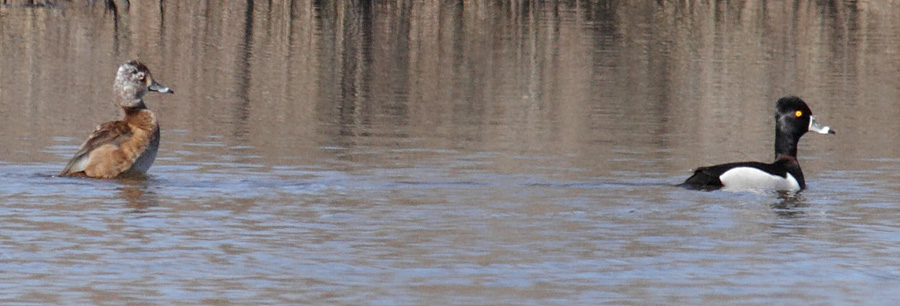
Ring-necked Ducks
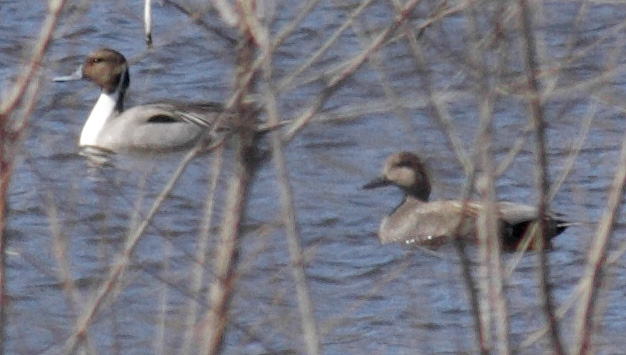
Northern Pintails
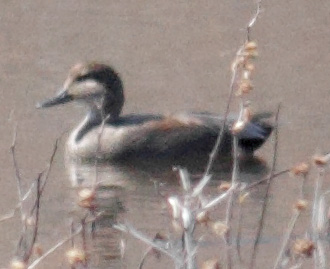
Gadwall
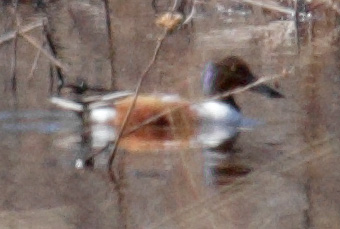
Northern Shoveler
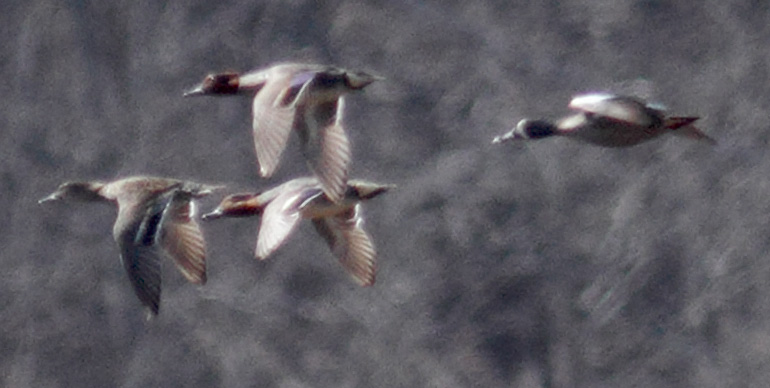
Blue-winged and Green-winged Teals

Greater Scaups
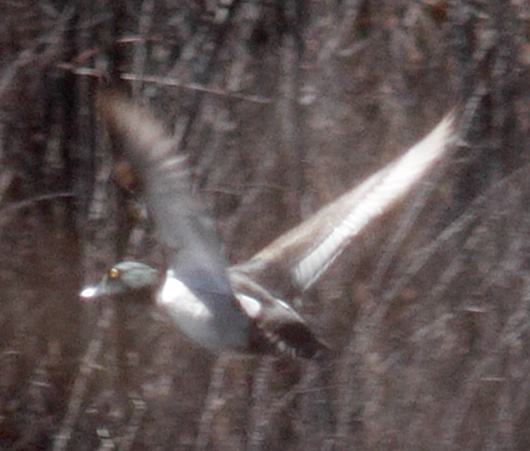
Greater Scaup
The angle of the sunlight made the green head marking of this Green-winged Teal look like it was purple.
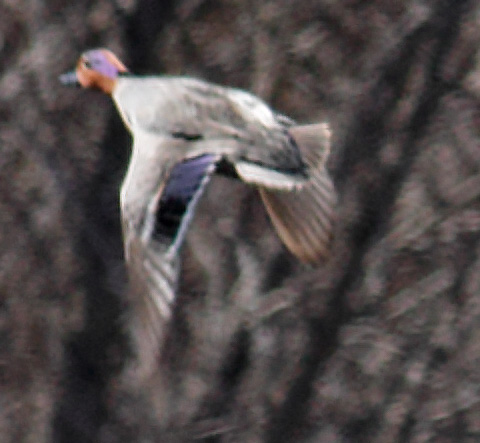
Green-winged Teal
On our way back to the highway, we passed a pair of Wood Ducks that were not very far from the road.
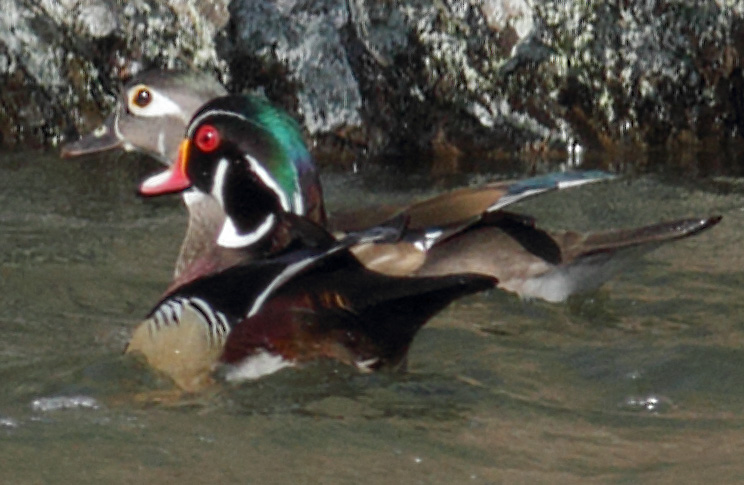
Wood Ducks
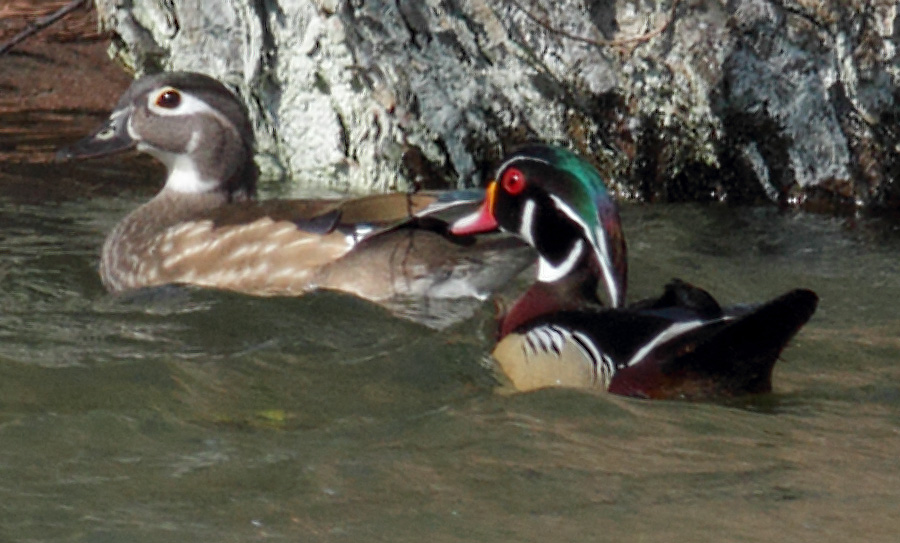
Wood Ducks
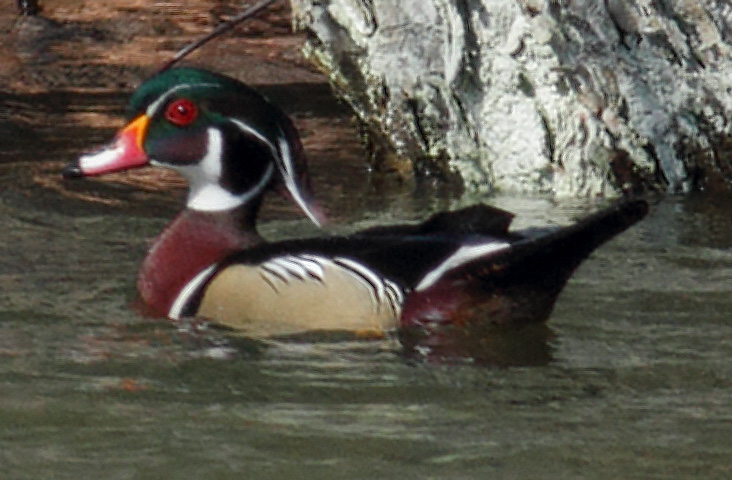
Wood Duck
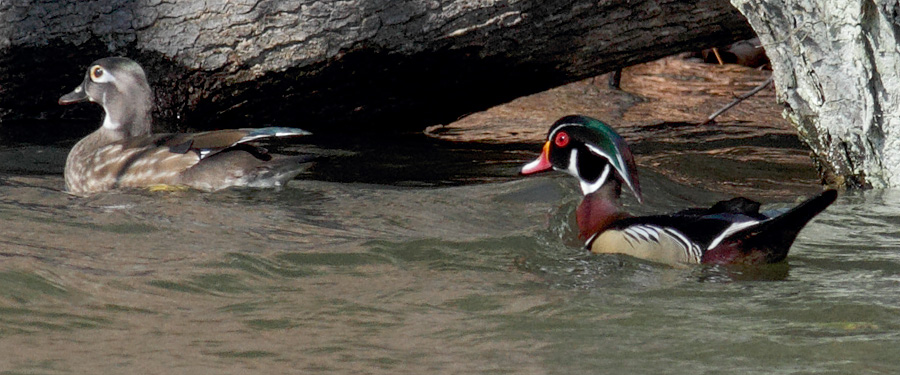
Wood Ducks